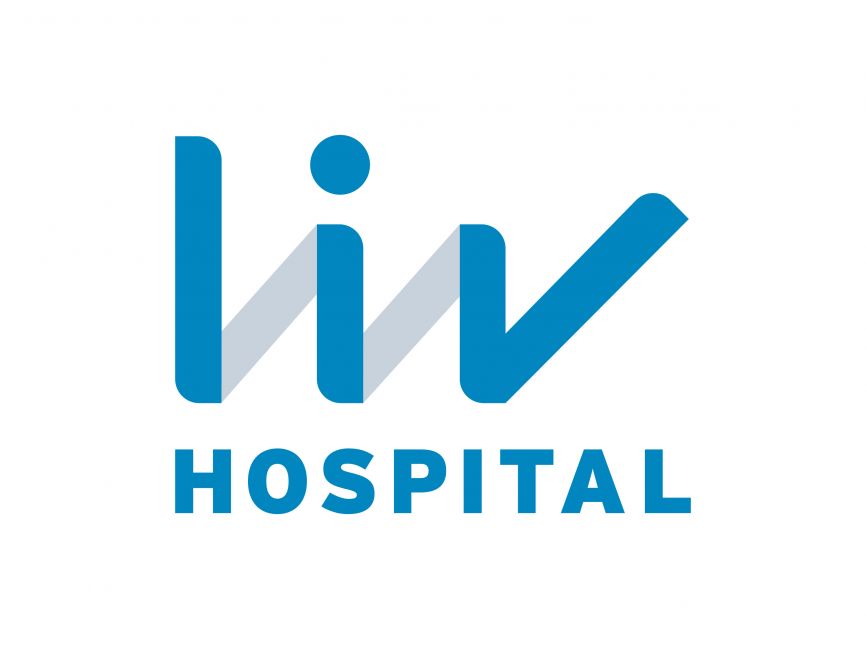
Your health is more than a service — it’s our mission
Phone
+90 242 316 09 00Location
Şirinyalı Mahallesi, Sinanoğlu Caddesi, No:36/1 Muratpaşa - Antalya
Orthopedy
A multidisciplinary approach is important in diagnosing and treating bone, joint, and muscle diseases. We provide services by collaborating with hospitals that offer a wide range of services thanks to specialized doctors and modern infrastructure.

ARTHROSCOPY
Arthroscopy means examining a joint with a camera. A special camera is inserted into the joint for examination, and if necessary, surgical intervention can be performed through small incisions.
Arthroscopy literally means looking at a joint with a camera. It is possible to examine all joints in the body by entering them with specially developed cameras and, if deemed necessary, to perform surgical intervention through small holes.
Arthroscopy was first developed and tested on knee joints, and after the successes it was used on other joints. This technique is most commonly used in knee joints, as well as shoulder, ankle, hip, elbow, wrist and finger joints.
The advantages of arthroscopy can be summarized as follows: Since it is a surgical procedure performed through small holes, the patient`s recovery time after surgery is shorter than open surgery methods. Since the joint is not cut and opened, the risk of infection is lower. As it is a surgical procedure performed through small holes, the patient feels less pain after surgery. It may not be possible to observe the entire joint with open methods, but with arthroscopy, the entire joint can be examined easily and all lesions can be detected. It is a method that accelerates the return to sports, especially in athletes.
KNEE ARTHROSCOPY
Knee arthroscopy means looking inside the knee joint with long telescopic cameras called arthroscopes and performing an examination. The arthroscopy procedure is performed under general or local anesthesia, in a sterile operating room. While using local anesthesia, both legs are anesthetized with a needle from the waist and the surgery is performed without the patient being put to sleep. For the arthroscopy procedure, two 1 cm long incisions are made in front of the knee and the surgical procedures are performed with the help of a camera and surgical instruments inserted into the knee through these two entry holes.
What diseases can be treated with knee arthroscopy?
Knee arthroscopy is a very common surgical procedure. The most common pathologies encountered in the knee are meniscus tears, cartilage injuries and anterior cruciate ligament tears and are treated with arthroscopic methods. In addition, it is also possible to remove free cartilage pieces inside the knee arthroscopically. Rheumatic diseases can cause Synovitis which occurs when synovial tissues grow excessively and cause intra-knee bleedings which fill the knee joint. This condition can easily be treated with knee arthroscopy.
SHOULDER ARTHROSCOPY
Shoulder arthroscopy means looking inside the shoulder joint with long telescopic cameras called arthroscopes and performing an examination. Shoulder arthroscopy is performed under general anesthesia and sterile conditions in the operating room, using a camera and surgical instruments through 1 cm long holes opened from the front and back of the shoulder. The advantages of shoulder arthroscopy can be summarized as follows: Since it is a surgical procedure performed through small holes, the patient`s recovery time after surgery is shorter than open surgery methods. The joint is not cut and opened; therefore, the risk of infection is lower. Since it is a surgical procedure performed through small holes, the patient feels less pain after surgery. It is a method that accelerates the return to sports, especially in athletes.
What conditions can be treated with shoulder arthroscopy?
Shoulder arthroscopy is a frequently used surgical method. Recurrent shoulder dislocations and rotator cuff tears surrounding the shoulder are the most common conditions in which this surgery is performed. In recurrent shoulder dislocations, the tear in the shoulder capsule is repaired, and in rotator cuff tears, the torn tendon is reattached to the bone. Other common uses are cartilage injuries and the removal of free cartilage pieces.
Our Contracted
Hotels






CONTACT US










